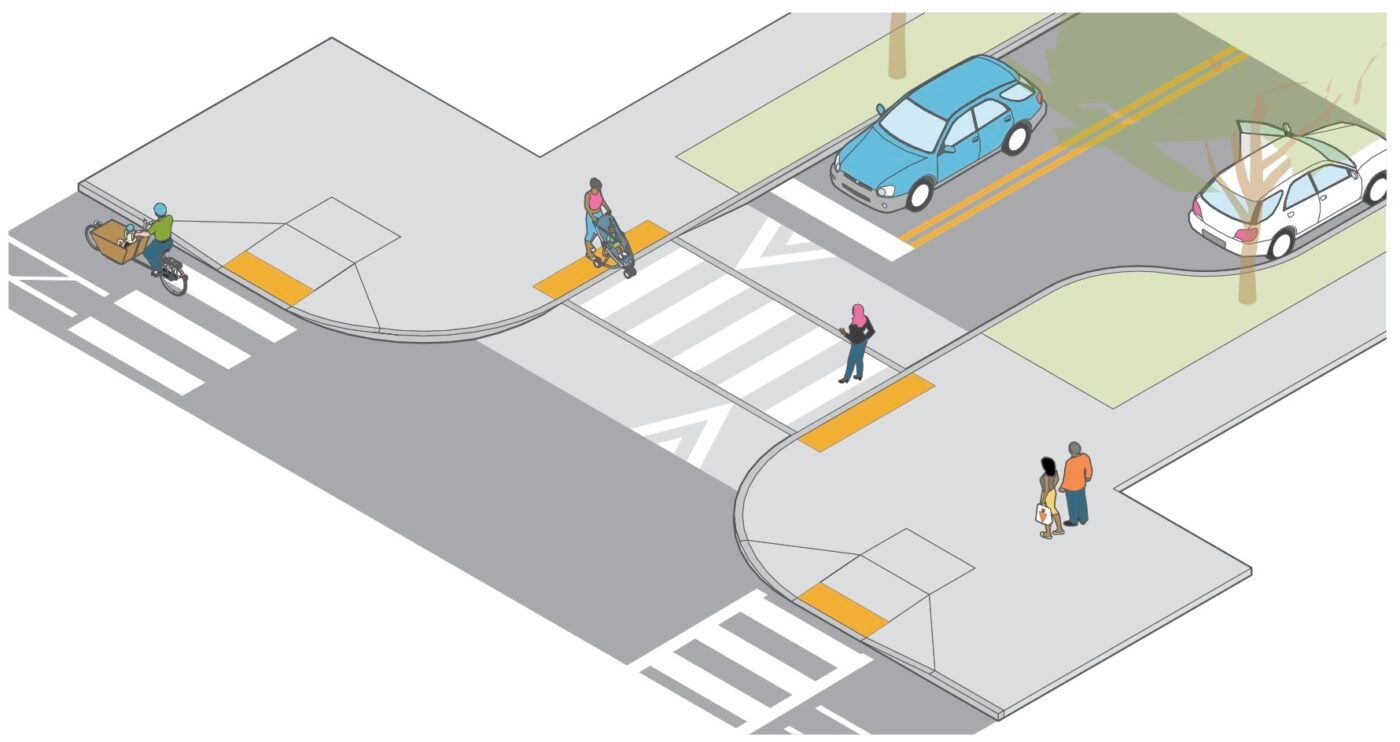
The Portland Bureau of Transportation is hitching their wagon to a sewer line replacement project that will allow them to make significant changes to 10 intersections in northwest Portland.
Because they need to match a Bureau of Environmental Services project schedule, PBOT is working on a relatively short timeline to dream up and finalize designs for the projects. All 10 intersections are along NW 21st and 23rd streets — both of which are major commercial corridors with dozens of popular destinations. The BES projects entails partial reconstruction of five side streets: Flanders, Glisan, Hoyt, Irving and Johnson. Both Flanders and Johnson are major neighborhood greenways that have recently received major upgrades.
According to the NW Intersection Enhancement project website, PBOT will use the BES project to implement goals already laid out in the NW In Motion plan adopted in 2020. “The benefits of aligning the intersection enhancement work with the BES project include significantly lower costs for enhancements and the opportunity to combine construction timelines to reduce impacts on neighbors and businesses.”
So, what exactly can we expect to change at these 10 intersections? PBOT has contracted with Toole Design to create a “look book” (PDF) that lays out existing conditions and shares photos and drawings of possible changes that could be made.
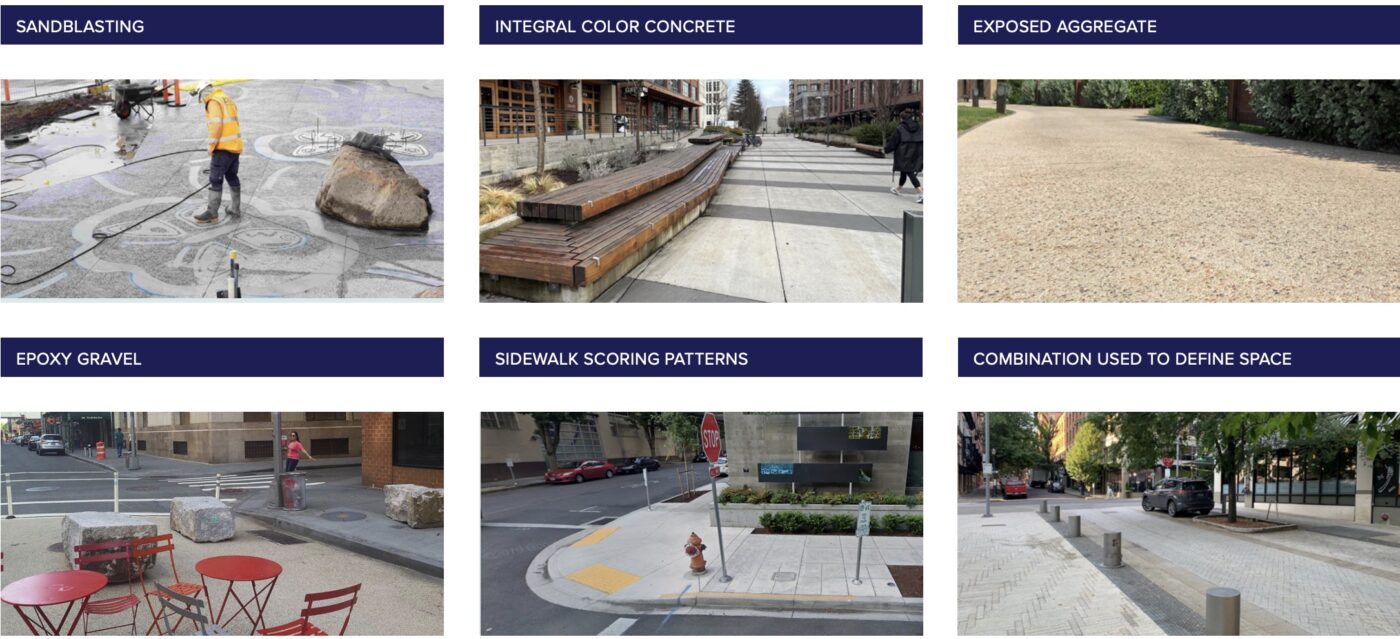
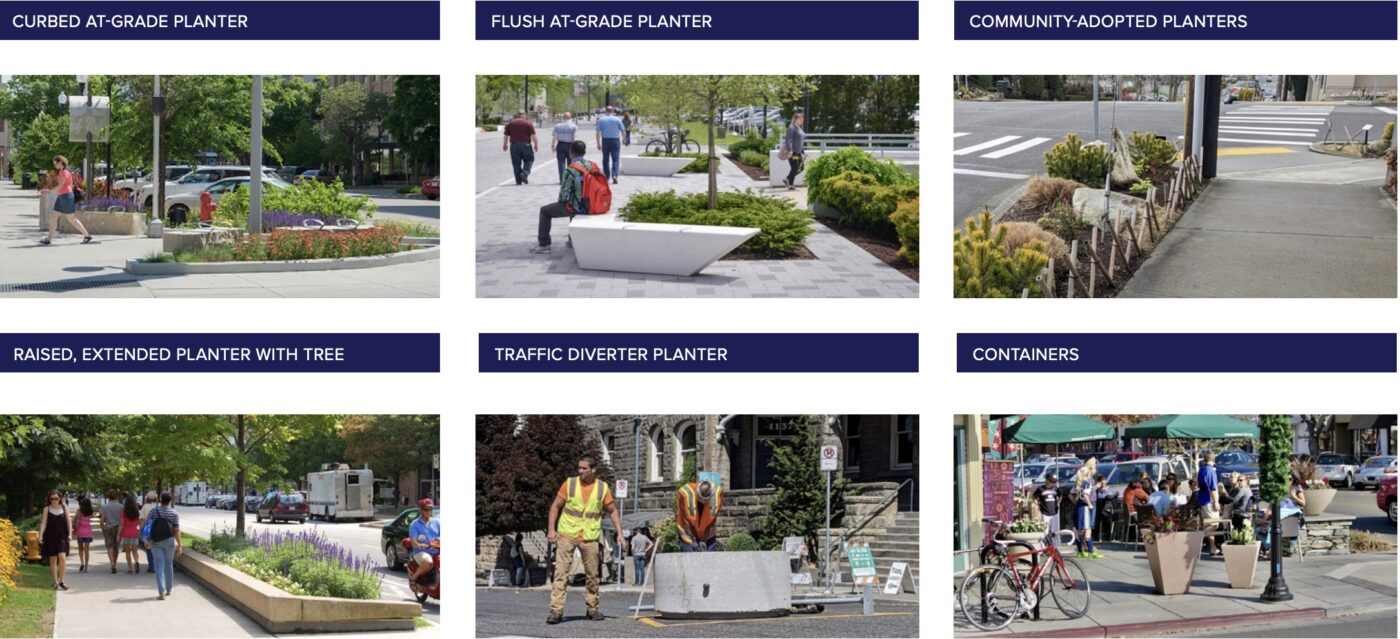
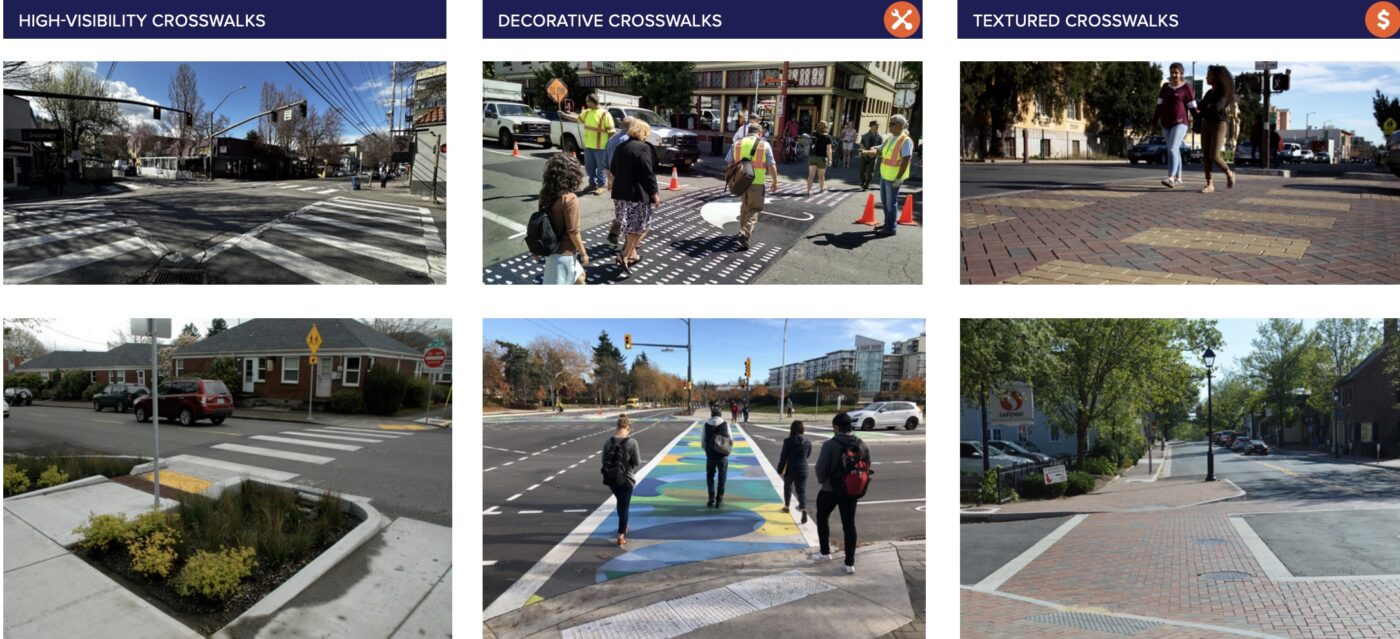
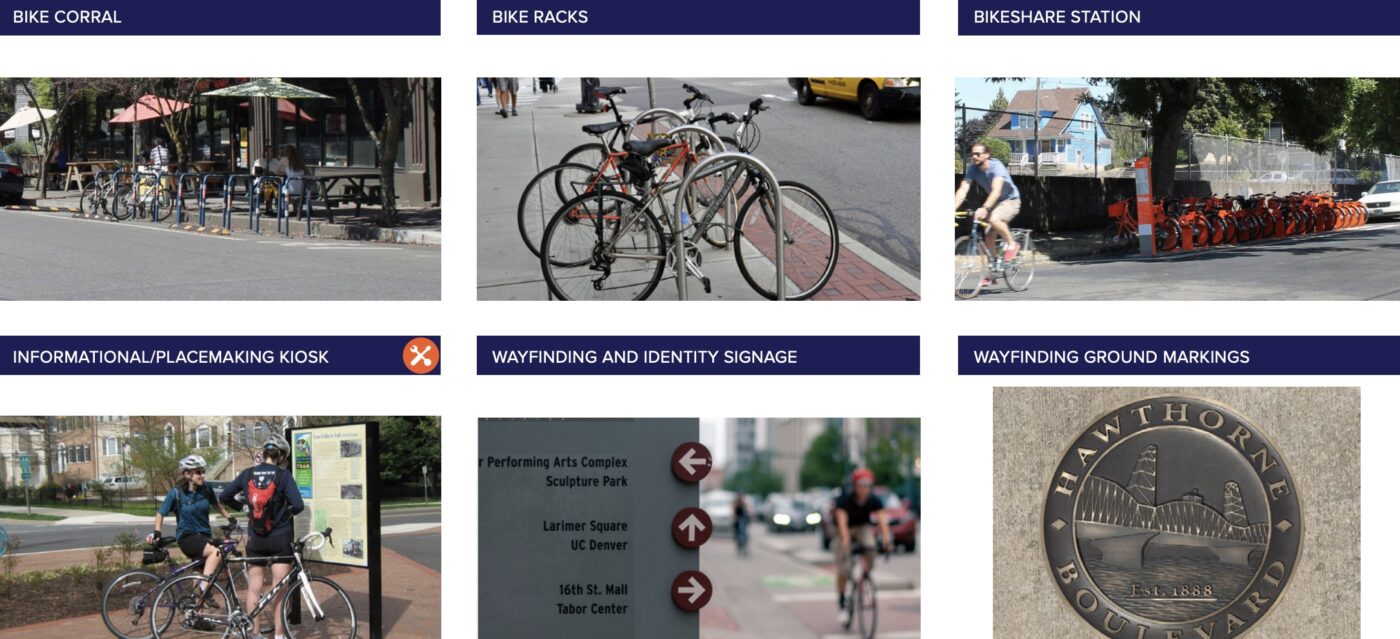
Potential treatments include: curb extensions, high-visibility crosswalks, pedestrian lighting, community placemaking, paving treatments, vegetation, and transit stop upgrades.
Among the more interesting possibilities PBOT is considering is what they call a, “continuous street crossing.” This design would extend the sidewalk on the main street through the intersection and treat the side street more like a driveway, “with pedestrians staying at sidewalk level and cars traveling up and over the sidewalk to access the side street. This design provides a clear design cue that cars are ‘guests’ in this space and pedestrians have priority over motor vehicles.” Put another way, the design puts sidewalk users on a pedestal and makes drivers feel like a lower priority, instead of the other way around we are used to in this country. This type of treatment is common in cities like Copenhagen where the idea that “cars are guests” in some contexts is simply part of the culture.
Here’s more on the idea from PBOT:
“It slows down traffic making turns and encourages waiting for pedestrians to clear before turning. This design also provides much better accessibility for people with disabilities, since it keeps the sidewalk level and does not require curb ramps. PBOT is currently developing standard designs for side street crossings to ensure they work for various types of vehicles and hopes to begin deploying them where feasible and affordable as part of streetscape projects in the future. Because this treatment can be costly, requiring full reconstruction of a leg of an intersection and changes to stormwater management, the most common application would likely be in conjunction with major capital projects that already include a great deal of civil improvements such as ADA curb ramp construction.”
It would be very exciting to see one of these in Portland, and NW 23rd or 21st feels like the ideal place to try it.
Funding for this project will come from parking meter revenue.
PBOT plans to do more public outreach in May and June and designs need to be finalized by the end of July. Construction is planned for 2025. Learn more on the official project page.


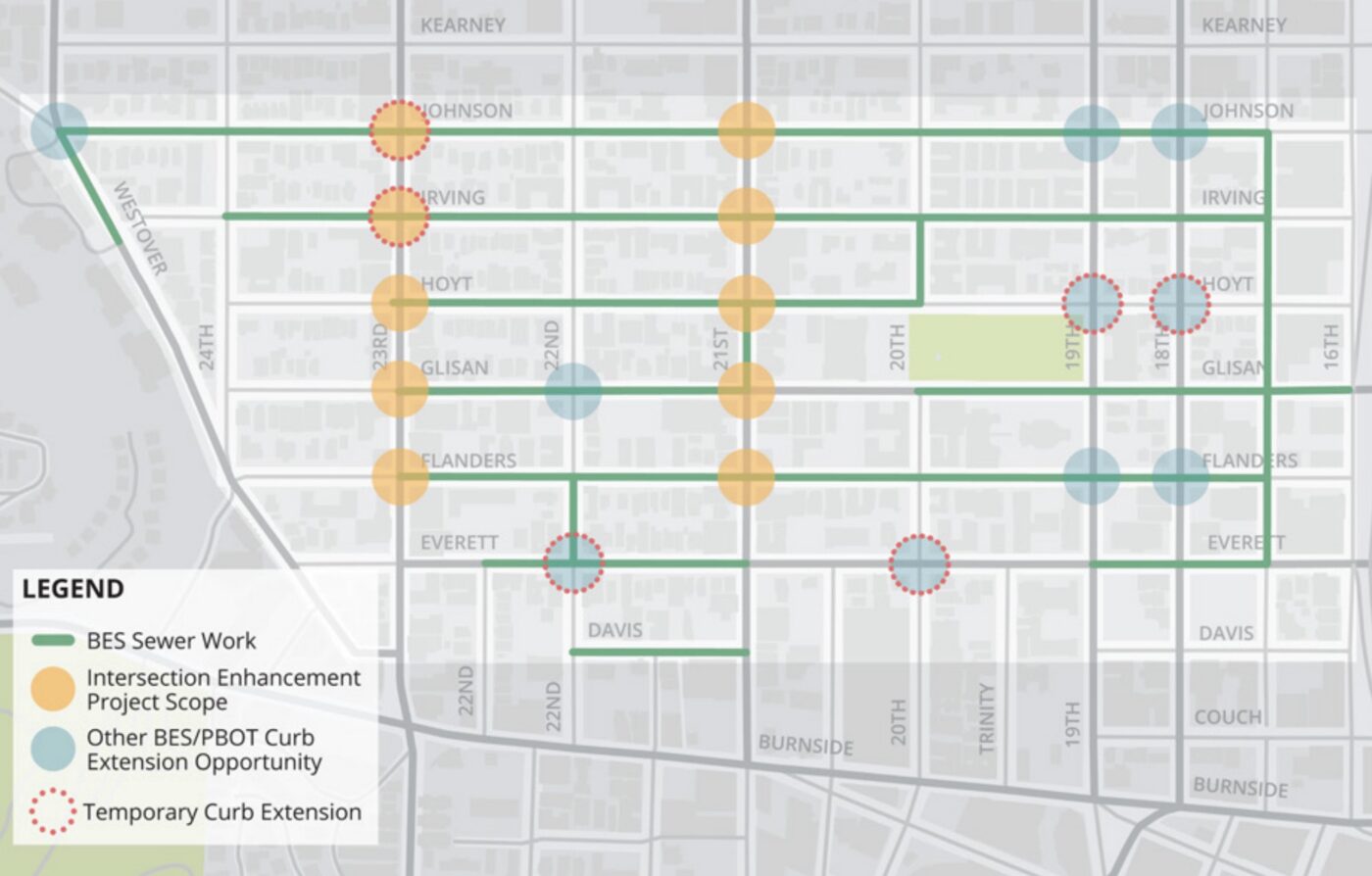
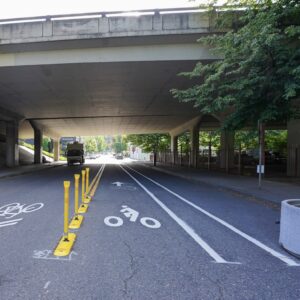
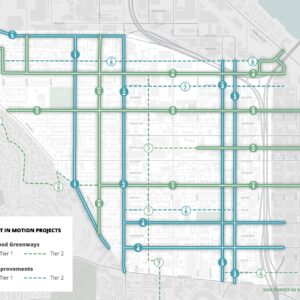

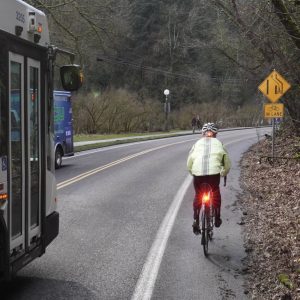
Thanks for reading.
BikePortland has served this community with independent community journalism since 2005. We rely on subscriptions from readers like you to survive. Your financial support is vital in keeping this valuable resource alive and well.
Please subscribe today to strengthen and expand our work.
Raised crosswalks are a great idea, and I share your enthusiasm to see some tried out here. They have the added benefit of highlighting the crosswalk and making it more obvious where cross traffic needs to stop. Portland does not often paint stop bars, and most drivers are in the habit of stopping at the curb, which blocks the crosswalk
I live in the neighborhood and would kill for raised crosswalks.
Also please remove the parking on 22nd at the intersection with Everett. They’ve done it on the Everett part of the intersection but not the 22nd part, and the visibility is poor and drivers coming up on 22nd often run the stop sign leading to me almost being run over and also honking by annoyed drivers on Everett which I can hear from my apartment
Raised crosswalks were supposed to be a key part of Portland’s Vision Zero plan but we all know how that unfunded farce turned out.
Very excited for PBOT to start doing raised crossings! It should be the default for whenever they rebuild a street, at the very least in business districts. The only raised crosswalk I’ve come across before in Portland is in the Eastport Plaza parking lot…
Does this come with opportunities to improve diversion for the Flanders Greenway? The pavement and numbers of cars is really bad on this stretch
Great news: very “akamai” to coordinate sewer upgrades with ADA / complete streets / safety enhancement design. This side street design treatment is also used extensively in the Netherlands for improved pedestrian safety for decades.
Though I hope the CoP implements this work zone planning much better than how the City of Vancouver’s 6th Street sewer work is being done now: it has specialty built “full access” crossing for cars at intersections and a driveway but full blockage at adjoining pedestrian ADA ramps.* Unless your wheelchair can fly. See photo.
(*Hmmm…I guess this is why CoV is needing to hire an ADA Coordinator ASAP) https://cityofvancouver.wd5.myworkdayjobs.com/en-US/COV/details/ADA-Coordinator—limited-term_23-0068
What are the options for stormwater flow with a raised crosswalk? I’ve seen one with metal grates (near rose garden in Washington Park) and one that needs nothing thanks to the slopes (southeast corner of SW 2nd and Alder). And I suppose some will have catch basins fortuitously where needed. But I don’t imagine much future for them if installing catch basins is a required. The Big Win would be to get these and/or bulb-outs with some (many?) of the thousands of ADA ramp installations that are happening currently per settlement. Not doing that seems a huge missed opportunity.
Here’s one at Willamette Park on the Willamette Greenway Trail that allows water to flow through it. The grate may capture runoff from the sidewalk, but I’m guessing (assuming it’s removeable) it’s there mainly for access for cleaning out leaves:
https://www.google.com/maps/@45.4731868,-122.6704422,3a,49.1y,161.22h,77.5t/data=!3m6!1e1!3m4!1sd-Fh8U5NcCTubimnD6iOUw!2e0!7i16384!8i8192